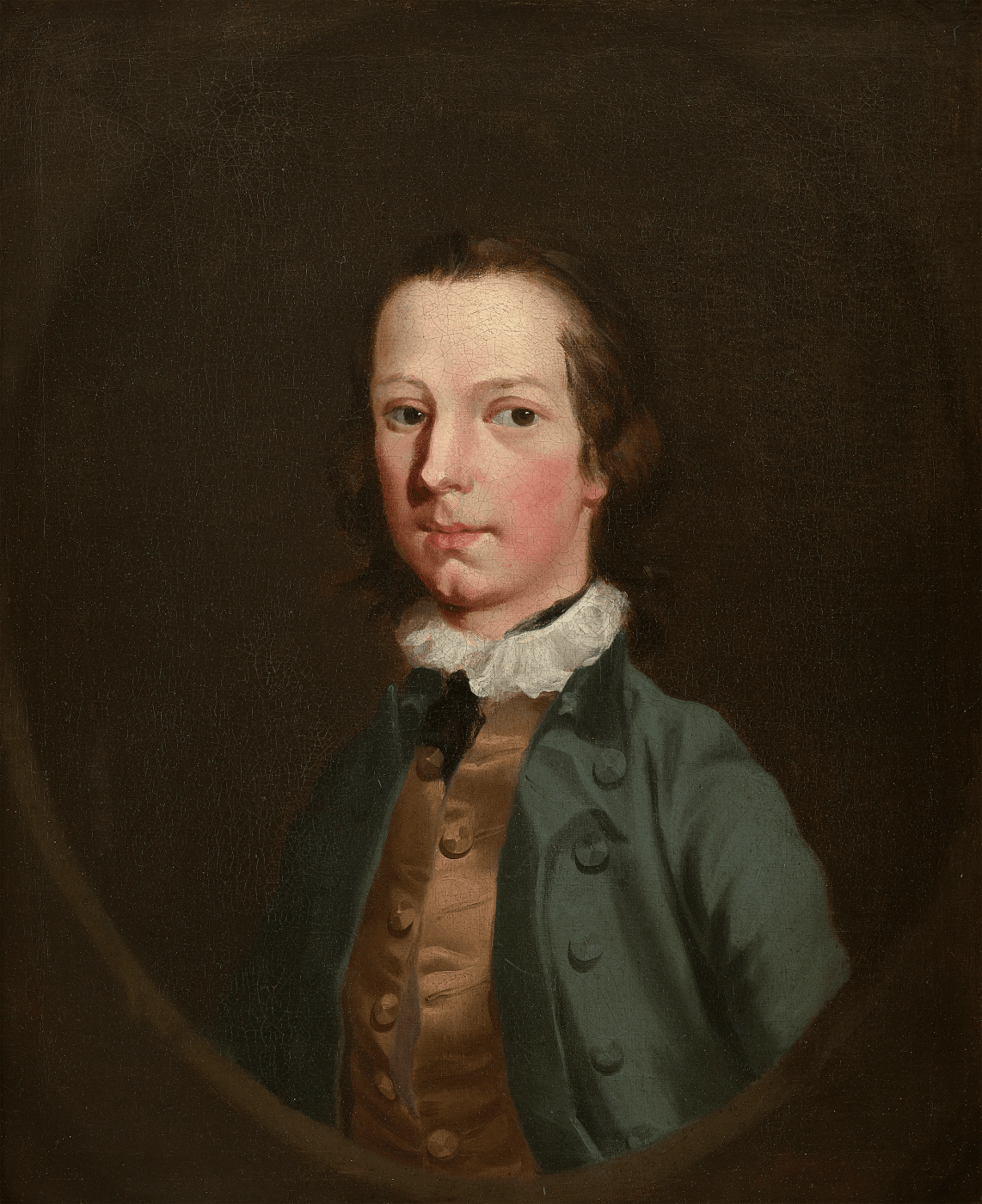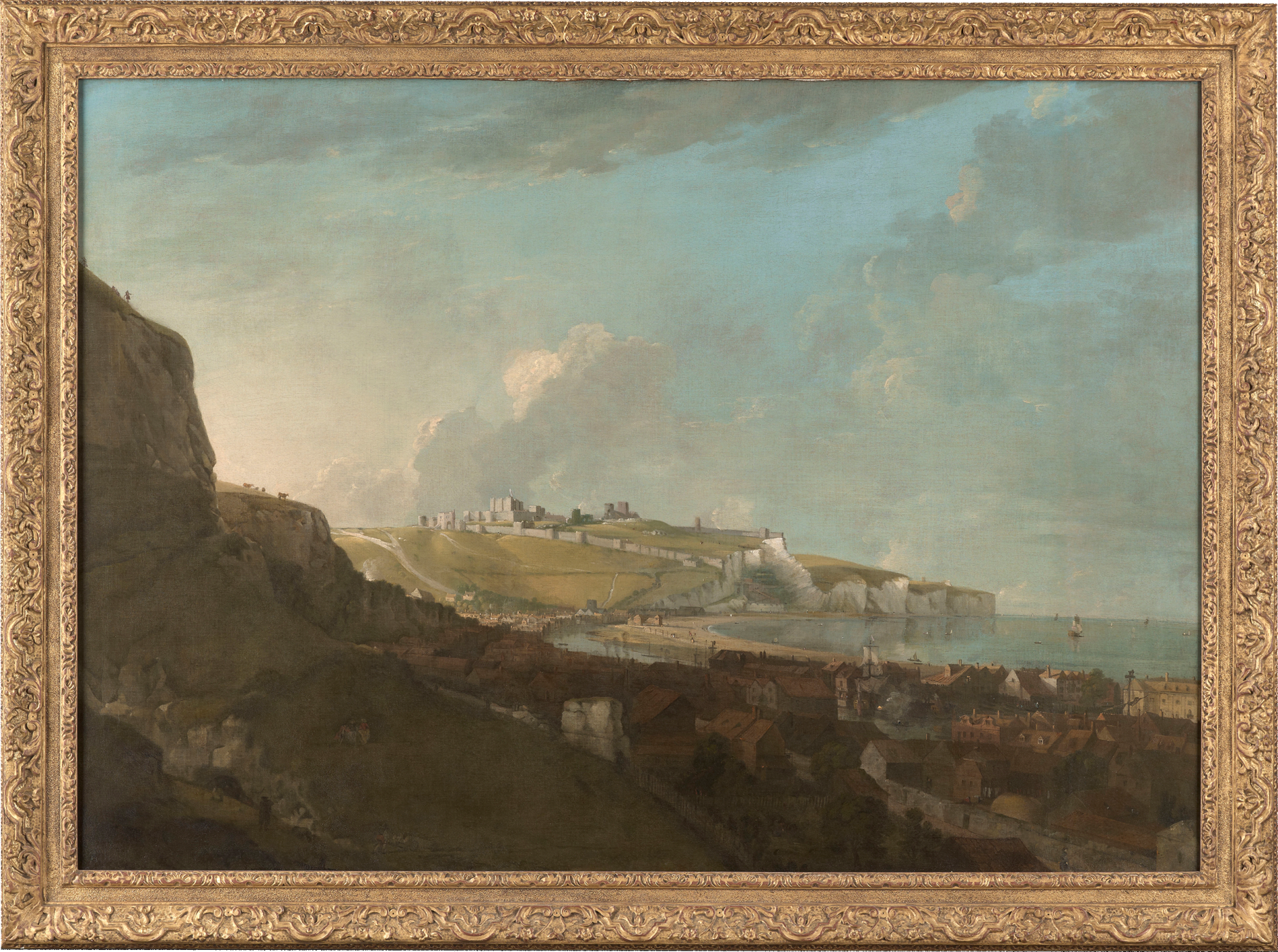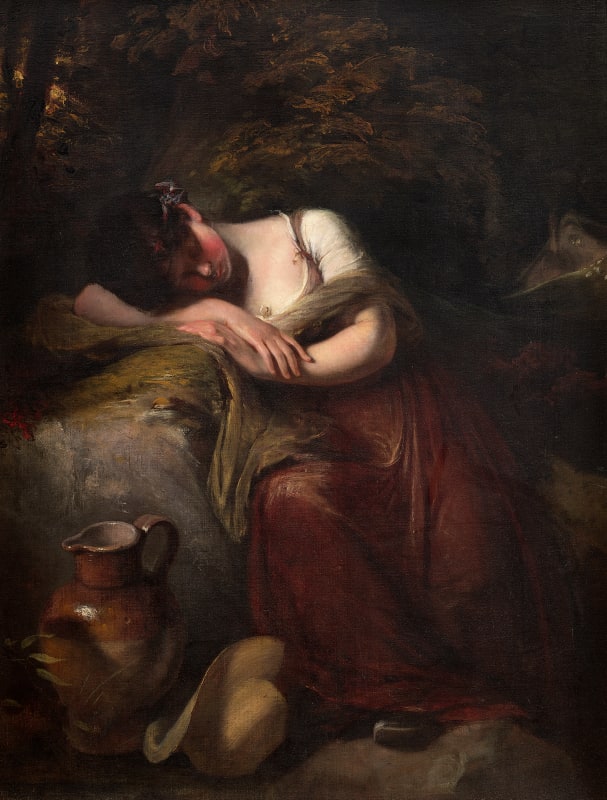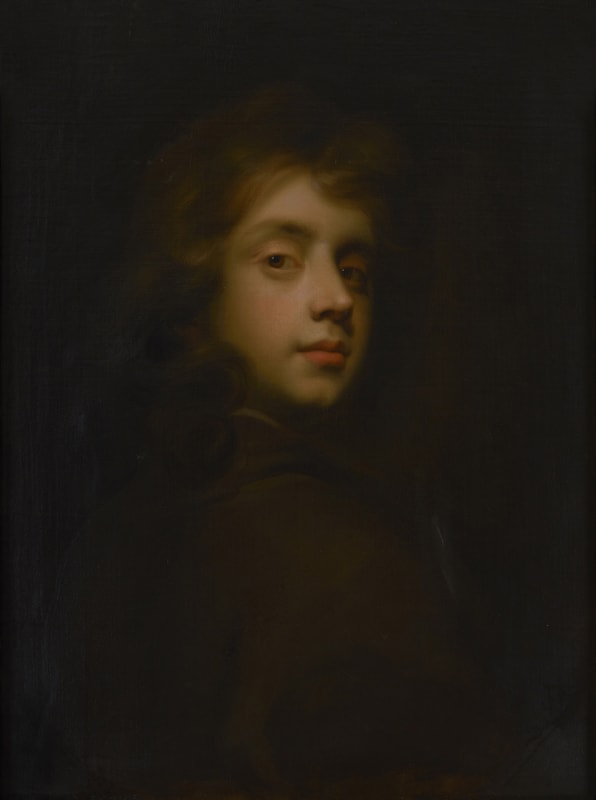Full Biography
Born the son of a clergyman, Wilson had a uniquely thorough training in the classics, to the point that one contemporary later remarked on his ability to quote Horace extempore ‘on any subject mentioned’. The effects of this capacious knowledge can be seen most pertinently in Wilson’s landscapes of the Italian countryside, which are suffused with a light evocative of a mood of classical reminiscence that owes much to the landscapes of the Dutch school masters.
Wilson’s career began with a six-year apprenticeship under the tutelage of Thomas Wright. In 1735, Wilson set up shop as an independent portrait artist and began to paint the likenesses of a stream of sitters. He quickly attracted the attention of his most important patrons, the Lyttletons of Hagley, Worcestershire, for whom Wilson created no fewer than seven portraits. At around this time, Wilson met Francis Ayscough, tutor to the royal children (he painted the three together in a particularly ambitious portrait that is now at the National Portrait Gallery, London). Through Ayscough, Wilson was introduced to Frederick, Prince of Wales, and was patronised by members of his circle, though the Prince’s death in 1751 frustrated any ambitions that Wilson might have held of gaining a lucrative commission from the heir-apparent.
Born the son of a clergyman, Wilson had a uniquely thorough training in the classics, to the point that one contemporary later remarked on his ability to quote Horace extempore ‘on any subject mentioned’. The effects of this capacious knowledge can be seen most pertinently in Wilson’s landscapes of the Italian countryside, which are suffused with a light evocative of a mood of classical reminiscence that owes much to the landscapes of the Dutch school masters.
Wilson’s career began with a six-year apprenticeship under the tutelage of Thomas Wright. In 1735, Wilson set up shop as an independent portrait artist and began to paint the likenesses of a stream of sitters. He quickly attracted the attention of his most important patrons, the Lyttletons of Hagley, Worcestershire, for whom Wilson created no fewer than seven portraits. At around this time, Wilson met Francis Ayscough, tutor to the royal children (he painted the three together in a particularly ambitious portrait that is now at the National Portrait Gallery, London). Through Ayscough, Wilson was introduced to Frederick, Prince of Wales, and was patronised by members of his circle, though the Prince’s death in 1751 frustrated any ambitions that Wilson might have held of gaining a lucrative commission from the heir-apparent.
Throughout this period, Wilson had maintained and developed his interest in the landscape genre and in 1746 gave two small landscape roundels, one to St George’s Hospital and the other to the Foundling Hospital. This philanthropic bequest reflects Wilson’s connection to the circle of William Hogarth and the St. Martin’s Lane Academy, which also included such artistic luminaries as Francis Hayman, Hubert- François Gravelot and the young Thomas Gainsborough. In common with these artists was a new and radical approach to artistic patronage; with the age of patronage by wealthy aristocrats on waning, Wilson sought to attract the newly-burgeoning mercantile markets that offered so many opportunities for artists in this period.
Wilson embarked for Italy where he quickly assimilated himself into the artistic melting-pots of Rome and Venice. In Venice, he met fashionable landscape painters Francesco Zuccarelli and Claude-Joseph Vernet. Both artists, whilst dazzled by Wilson’s skill, could not understand why he limited it to portraiture alone and persuaded the young artist to focus exclusively on landscapes.
On his return to London, Wilson took their advice and established himself in fashionable Covent Garden where he devoted his subsequent career exclusively to the painting of landscapes. These were among the most successful years of Wilson’s life and saw him play a critical role in founding both the Society of Artists in 1760 and the Royal Academy in 1768.
By 1772, however, Wilson’s reputation was steadily on the decline. His rich and subtle landscapes had fallen out of favour with a capricious public, and he was forced to move to a series of ever-less glamorous residences. At the same time, Wilson turned to drink. Saddened by the decline of so versatile an artist, his colleagues at the Royal Academy attempted to assist Wilson in his final years by appointing him the Librarian of the Royal Academy, which was accompanied by a salary of £50 per annum. Yet, by 1781 Wilson simply couldn’t continue, and he moved to live with a sympathetic friend in the countryside where he died in the subsequent year. It was not until the publication in 1790 of an essay by one of his pupils, William Hodges, that Wilson’s reputation began to see a revival and he began to serve as a source of inspiration for the next generation of artists, most notably J.M.W. Turner.









